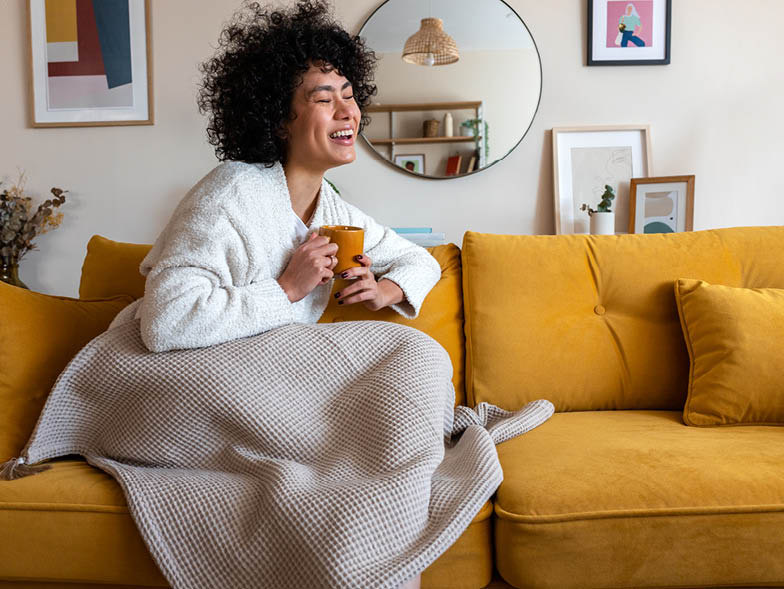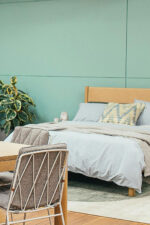Tips for Creating a Functional Living Room
Over the past few decades, the living room—traditionally a formal area of the home—has shifted in purpose: rather than being a stiff and formal space meant only for hosting company, it’s now a functional, contemporary room everyone can enjoy.
Of course, what that looks like isn’t the same for everyone. How you use your living room will dictate the layout, furniture, fabrics, and lighting you choose. Is it meant for relaxation, listening to music, reading, or retreating from other distractions? Or is it your primary living space, where your kids can play, your family can watch TV, and you can entertain guests? Whatever your vision, here are some tips for making your living room a practical, comfortable, and family-friendly space.

Design to the room’s layout
Whether your living room boasts a large, open area or a smaller, more traditional layout, determining its size, scale, upsides, and limitations can help you create a well-proportioned space. For instance, a larger room gives you a lot more possibilities for what you can fill it with and how you can arrange those elements. If you’re going to use it as a quiet area, you can add a big, comfy chair, an ottoman for resting your feet, a coffee table or end table for setting down a warm beverage and snacks, and bookshelves for storing your book collection. You could even add a loveseat to round out the room’s design. Conversely, if you have a smaller space, you’ll have to be more strategic in your choices. A main living area will likely need ample seating, but a loveseat and modest-sized lounge chair would work better than trying to squeeze in a sectional sofa and multiple recliners. As tempting as it may be otherwise, keeping it to scale will create a more spacious-looking, comfortable room.
Factor in ample storage space
Having enough storage space can always be a challenge, especially if you have toys and books galore. Deciding how to store such things efficiently will be essential to the room’s functionality. Consider adding a built-in cabinet or an armoire to satisfy your storage needs, especially if your living room space is limited. Such pieces are not only functional but also multipurpose, adding to your room’s decor by serving as a place to display family photos and knickknacks.

Light it up
When designing the layout for your living room, be sure to account for appropriate lighting. If you plan to use this area as a reading room, add a stylish floor lamp or table lamp to set a comforting mood, making it a perfect spot for relaxing with a book. If your living room is your main living area, consider putting in overhead lighting to liven up the room. Another thing to keep in mind is your walls’ paint color. Depending on the shade, this can have a dramatic effect on the room’s lighting. For instance, pairing colorful furniture and decor with neutral wall colors like white or tan will allow light to bounce off them, creating a brighter, more open appearance. In contrast, darker tones will absorb light, giving the room a quieter feel.
Make it comfortable
Once you’ve decided on the furniture and layout, consider the kinds of upholstery and fabrics you want to use. Choosing durable, darker-colored, stain-resistant fabrics would be a good choice if the room is your main living space. However, if your goal is to enjoy it as a peaceful retreat, then you can indulge with softer fabrics, even sprinkling in plush pillows and blankets or whatever will make the space cozy.
If you are looking to make your living room a more functional space, the options are abundant. Implement these tips to begin, and consider perusing design websites like Pinterest for more inspiration.


















